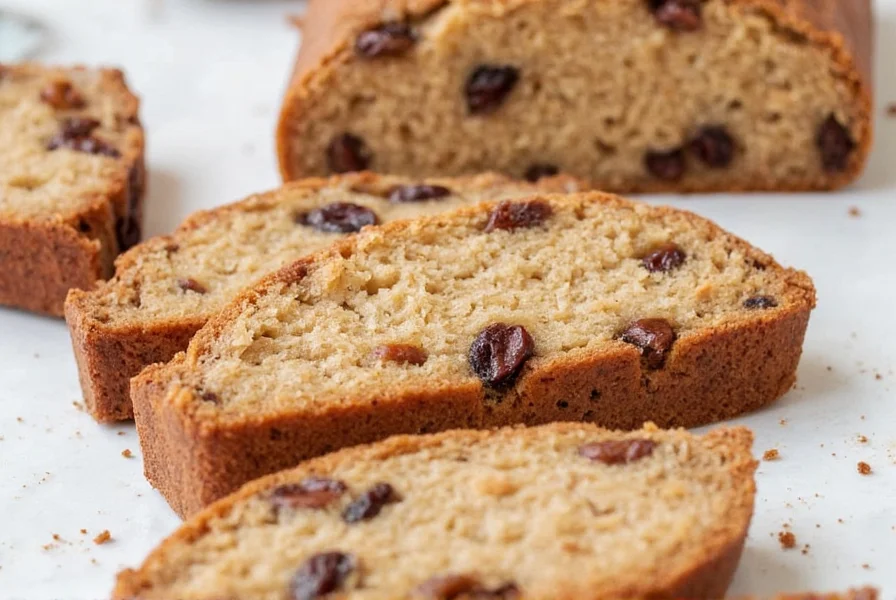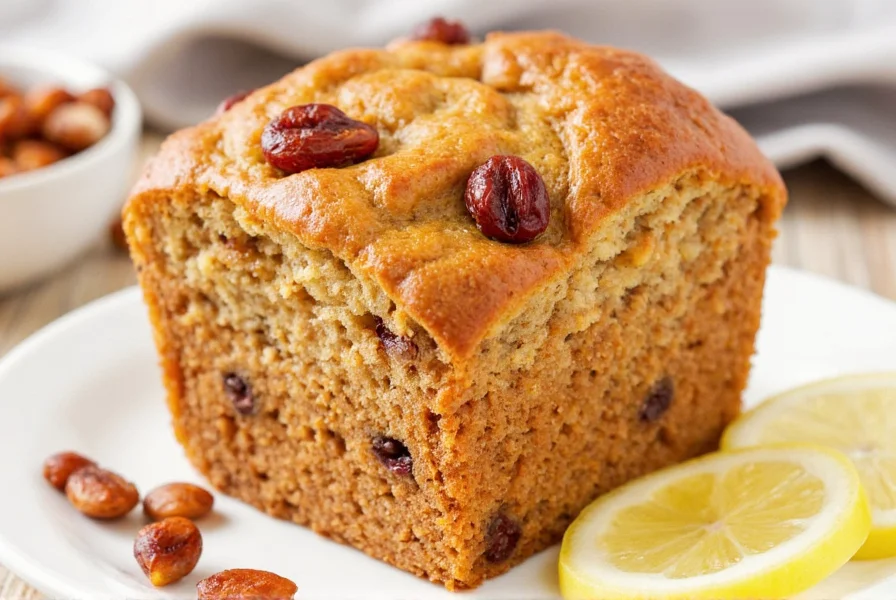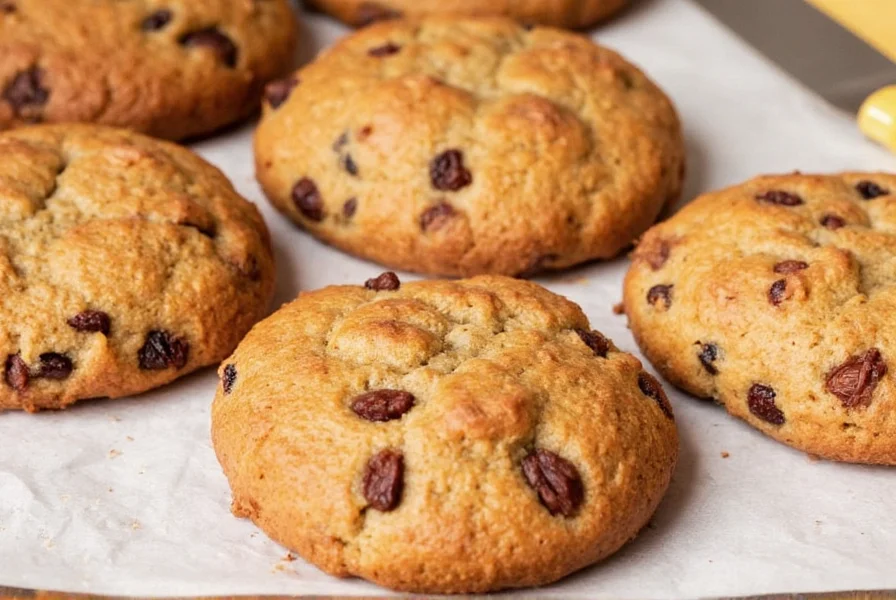When properly executed, cinnamon raisin creations offer a harmonious blend of flavors and textures that elevate simple baked goods into something special. The key to success lies in understanding how these ingredients interact and implementing proper techniques to maximize their potential.
The Science Behind the Perfect Cinnamon Raisin Combination
Cinnamon and raisins form a natural partnership because of their complementary chemical compounds. Cinnamon contains cinnamaldehyde, which provides its distinctive warm, spicy notes, while raisins offer natural sugars and tartaric acid that balance the spice. When combined in baking, the heat releases volatile compounds from both ingredients, creating complex flavor molecules that neither ingredient produces alone.
Professional bakers emphasize that the ratio matters significantly. Too much cinnamon overwhelms the delicate fruit notes, while insufficient cinnamon fails to provide the characteristic warmth. The ideal ratio for most applications is 1.5-2 tablespoons of ground cinnamon per cup of raisins, though this varies based on cinnamon variety and raisin type.
Selecting Quality Ingredients for Cinnamon Raisin Baking
Not all cinnamon and raisins are created equal. Understanding the differences can dramatically impact your final product:
| Ingredient | Best Options | Avoid |
|---|---|---|
| Cinnamon | Ceylon ("true" cinnamon), Vietnamese cinnamon | Indonesian cassia (overpowering) |
| Raisins | Golden raisins, sultanas, flame raisins | Dark, overly processed raisins |
| Preparation | Plump raisins in warm water or juice | Dry raisins added directly to dough |
For cinnamon raisin bread recipe success, professional bakers recommend plumping raisins in apple juice or rum for 15-20 minutes before incorporating them into dough. This prevents the raisins from absorbing moisture from the dough during baking, which can lead to dry spots. Similarly, toasting cinnamon briefly in a dry pan before use intensifies its flavor without making it bitter.
Traditional Applications and Modern Twists
While cinnamon raisin bagels and cinnamon raisin bread remain the most popular applications, creative bakers have expanded this flavor combination into numerous products:
- Breakfast items: Muffins, scones, pancakes, and waffles
- Desserts: Cinnamon raisin swirl cheesecake, bread pudding
- Savory applications: Cinnamon raisin stuffing for poultry
- Beverages: Cinnamon raisin tea infusions, spiced wine
One emerging trend involves using black raisins instead of traditional golden or dark varieties. Black raisins, made from black Corinth grapes, offer a more complex flavor profile with subtle wine-like notes that pair exceptionally well with high-quality cinnamon.
Perfect Pairings for Cinnamon Raisin Creations
Certain accompaniments elevate cinnamon raisin baked goods from good to exceptional. Consider these pairings:
- Cheese pairings: Sharp cheddar or cream cheese creates a delightful sweet-savory contrast
- Breakfast pairings: Serve with Greek yogurt and honey for added protein
- Beverage matches: Apple cider, chai tea, or medium-bodied red wines
- Dessert enhancements: Vanilla ice cream or bourbon caramel sauce
For those exploring cinnamon raisin flavor profile variations, adding complementary spices like cardamom, nutmeg, or allspice can create more complex flavor dimensions without overwhelming the primary notes.
Troubleshooting Common Cinnamon Raisin Baking Issues
Even experienced bakers encounter challenges with this flavor combination. Here's how to address common problems:
- Raisins sinking to bottom: Toss plumped raisins in 1-2 teaspoons of flour before folding into batter
- Cinnamon flavor too weak: Use cinnamon extract (1/4 teaspoon) in addition to ground cinnamon
- Browning too quickly: Reduce oven temperature by 25°F and cover with foil if needed
- Dry texture: Ensure proper hydration ratio; add 1-2 tablespoons extra liquid to recipe
When making cinnamon raisin bagel pairing suggestions for commercial production, food scientists recommend adjusting pH levels slightly upward to preserve the vibrant color of both ingredients during baking.

Storage and Serving Recommendations
Proper storage maintains the quality of cinnamon raisin baked goods. Store breads and bagels in airtight containers at room temperature for 2-3 days. For longer storage, slice before freezing and thaw individual portions as needed. Never refrigerate yeast-based cinnamon raisin products, as the cold temperature accelerates staling.
When serving, slightly warming enhances the aromatic qualities. For best raisins for cinnamon raisin baking applications, golden raisins provide the most balanced sweetness, while dark raisins offer deeper, wine-like notes that work well in heartier breads.

Frequently Asked Questions
What's the difference between cinnamon raisin bread and regular raisin bread?
Cinnamon raisin bread specifically incorporates ground cinnamon into the dough, creating a warm, spicy flavor that complements the sweetness of the raisins. Regular raisin bread contains only raisins without the added cinnamon spice, resulting in a simpler, purely sweet profile. The cinnamon addition transforms the flavor complexity and creates the characteristic swirl pattern when prepared properly.
Can I substitute dried cranberries for raisins in cinnamon raisin recipes?
Yes, dried cranberries make an excellent substitute for raisins in cinnamon raisin recipes, though they provide a more tart flavor profile. For best results, use sweetened dried cranberries and increase the sugar in your recipe by 1-2 tablespoons to balance the tartness. Golden raisins offer the closest flavor profile to traditional cinnamon raisin combinations, but cranberries create a delicious seasonal variation.
Why do my raisins sometimes become hard after baking?
Raisins become hard after baking when they're not properly hydrated before incorporation. Always plump raisins in warm liquid (water, juice, or rum) for 15-20 minutes before adding to dough. This prevents them from absorbing moisture from the batter during baking. Using fresh, high-quality raisins that haven't been stored for extended periods also helps maintain their chewy texture in finished products.
How can I prevent cinnamon from making my baked goods bitter?
To prevent bitterness, use fresh cinnamon (older cinnamon develops bitter notes), avoid excessive amounts (stick to 1.5-2 tablespoons per cup of raisins), and never bake cinnamon at high temperatures for extended periods. Toasting cinnamon briefly in a dry pan before use enhances flavor without bitterness. For sensitive applications, consider using cinnamon extract (1/4 teaspoon) which provides intense flavor without the potential for bitterness from ground spice.
What's the best way to store homemade cinnamon raisin bread?
Store homemade cinnamon raisin bread in an airtight container at room temperature for 2-3 days. For longer storage, slice the bread before freezing and wrap individual portions in plastic wrap, then place in a freezer bag. Thaw slices at room temperature or toast directly from frozen. Never refrigerate yeast-based breads, as the cold temperature accelerates staling and dries out the raisins.











 浙公网安备
33010002000092号
浙公网安备
33010002000092号 浙B2-20120091-4
浙B2-20120091-4